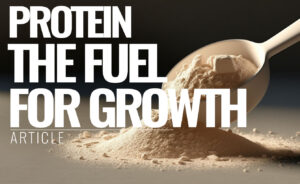
Revive Stronger
Programming for Muscle: Exercise Selection Tool Kit
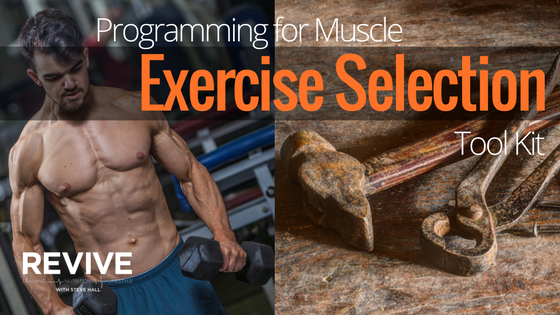
Exercise selection is very important.
When programming for muscle you do want to work within a frame-work, which is your overall periodised plan, but you also need to have appropriate programming. Programming for me is where the exciting stuff happens, when you can really have some fun, but it has to be within the context of your overall goal, within your periodised plan.
Exercise selection is one area of programming that should be quite simple.
But, a lot of people seem to royally screw it up.
Today I am going to take you through how I think you should select your exercises when programming for maximal muscle mass.
Table of Contents
Mechanisms of Hypertrophy
First of, let’s briefly go over the mechanisms of hypertrophy [1], because they’re very important. If you want to grow the most muscle you possibly can you want to be attacking your body from all angles, and that means using every mechanism at your disposal.
[bctt tweet=”the mechanisms of hypertrophy are what cause the muscle to grow” username=”revivestronger”]
However, it’s key to remember that all are intertwined, we are never solely training one aspect, but you can focus your attention there.
- Mechanical Tension
- Metabolic Stress
- Muscle Damage
First I want to let you know that (and as Brad concludes) [2]:
“The extent to which these mechanisms are synergistic, and whether an optimal combination exists to maximise the hypertrophic response to resistance training, remains to be determined.”
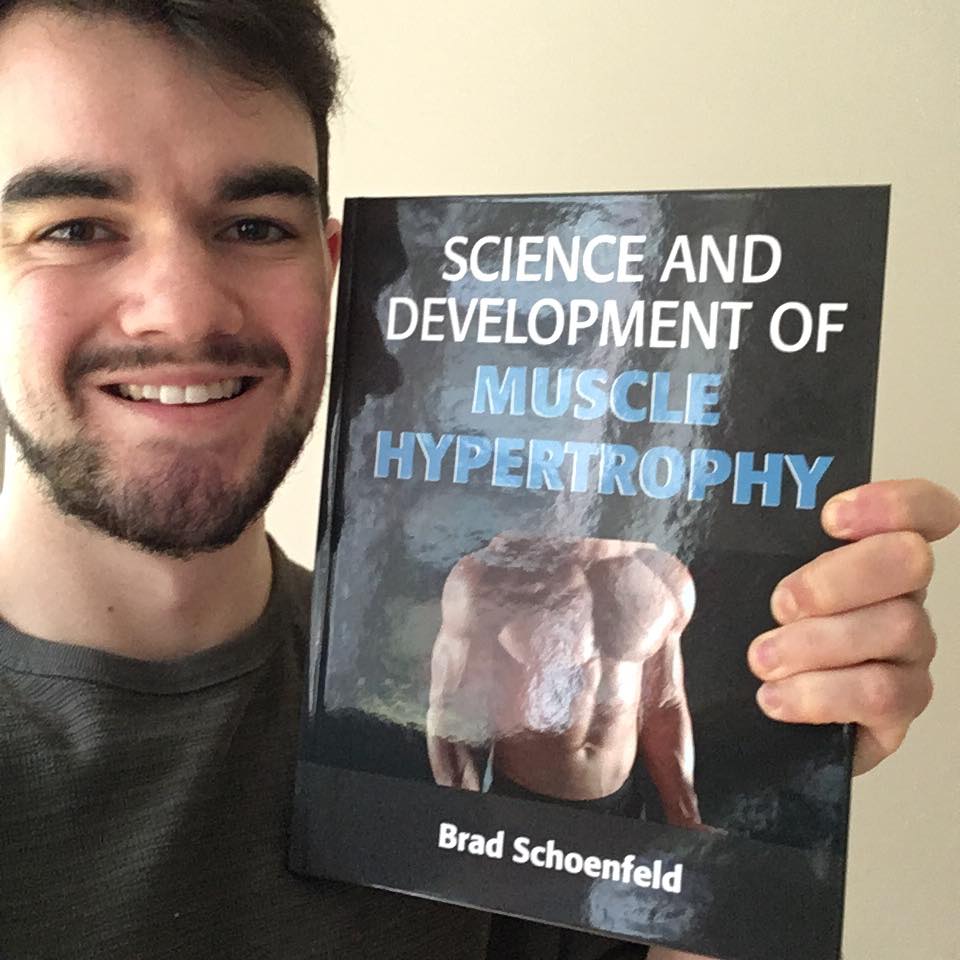
1.] Mechanical Tension
When we lift weights we produce mechanical force on the muscle, this force disturbs the integrity of our muscles.
This then gets converted into chemical signals that ultimately enhance anabolic signalling. The more weight you lift, the greater the amount of tension we see produced. Mechanical Tension is considered to be the most important factor in muscular development, because if there isn’t sufficient stimulus (load) then there is nothing telling your muscles to grow.
[bctt tweet=”if you don’t lift somewhat heavy, your muscles won’t grow” username=”revivestronger”]
2.] Metabolic Stress
You know when you get a sick pump in the gym? That’s metabolic stress.
You get a build-up of metabolites and the reduced pH of blood, both of which can influence muscle remodelling. Metabolites build up as the muscle fills with blood and is starved of oxygen, there are various ways this can be produced.
When we get this pump our muscle cells are swelling up with water, this creates intra-cellular pressure in the cell. It’s thought that this pressure is perceived as a threat to muscle cell integrity and causes the cell to respond by reinforcing its structure. Much like pumping a balloon with water, and where as a balloon would pop, your muscle cell grows stronger to stop this occurring.
Arnie loved the pump, maybe a little too much…
3.] Muscle Damage
Muscle damage is produced when there’s localised damage to the muscle tissue and is generally experienced as delayed-onset muscle soreness (DOMS). You know like when after a heavy squat session you can’t sit on the loo for a couple of days because your glutes are too sore, that’s because of muscle damage.
The stress produced is perceived as a threat to the fiber’s structure, and so it releases immune cells to the area. This in turn produces cytokines that activate the release of factors involved in muscle growth. In short; our muscle cells try to adapt to the perceived threat by reinforcing their structure, much like we saw with metabolic stress.
You’ll notice DOMS will reduce over time, this is because your body adapts. This doesn’t mean we’re not growing, it just shows our bodies have got more efficient at dealing with that training stress. Thus, when we try an exercise for the first time we are likely to experience DOMS, but after a few weeks, this will diminish.
As our cells adapt we must use greater levels of intensity, volume and variety to create any type of soreness.
Exercise Harmonization for Hypertrophy
Now it is important you don’t try and use the same exercise to achieve every mechanism of hypertrophy.
Why?
It’s simply inappropriate and you would be much better served harmonizing your exercise selection. Think about it this way, you’ve got a table to make, there are nails and screws, plus you want it to actually be level so you can put your protein shake on it and stuff.
Would you be able to make it by using just a hammer? No, that table would suck, you’d break screws and your protein shake would spill everywhere if you tried to balance it on the top (think of all the gains lost). You’d be much better off using the appropriate tools to get the job done, a screw driver for the screws, a hammer for the nails and then a spirit level to make sure the top of the table is flat.
In much the same way you want to be using the right exercises to get the job done, so they harmonize with the mechanism of hypertrophy you are attacking.
1.] Mechanical Tension
As we learnt before mechanical tension is best produced via heavy weights, and that gives us a great clue into what exercises we should choose. Can you lift really heavy effectively with a cable fly, no you can’t, you can try all you like to try to fight the cables down into position but you’re going to really struggle to maintain form and actually perform the exercise.
What would be a better option to create lots of mechanical tension for the pecs? Barbell bench press, because you can load it real heavy and doing heavy reps of 5 aren’t unrealistic like they would be on a cable fly.
So when we’re lifting for mechanical tension we want to select exercises we can shift heavy loads on.
Above are a few examples of exercises that would be suitable.
2.] Metabolic Stress
Metabolic stress or ‘da pump’ is conventionally achieved through exercises that can be done for high reps to near failure (think 15+) and provide constant tension on the muscle. Doing high repetitions close to failure on some exercises is probably dangerous and very difficult, for example doing 15+ reps on a deadlift which is an easy lift to get technically wrong and very tiring therefore could lead to injury and it’s just not suitable. It’s actually highly dangerous and f*cking stupid.
Another great way to promote metabolic stress in our muscles is via Blood Flow Restriction Training (BFR). We want constant tension to be involved to ensure the muscle is filling up with blood and not seeing the metabolites clear out. A much better would be something like a leg curl, that keeps constant tension and can be done for high reps safely.
So when we’re lifting for metabolic stress we want to choose exercise that can be safely performed for high reps that provide near to constant tension.
Above are a few examples of exercises that would be suitable.
3.] Muscle Damage
So we know muscle damage can make us sore, but how do we actually go about getting it? Well as said above soreness goes away as you adapt to the exercise and loading you’re using with it. Now we know that progressive overload is key, we need to make sh*t harder to improve, and that is one way to keep damaging your muscles.
Another really effective way, but one that shouldn’t be overused is to change your exercises. No this is not muscle confusion, but more like directed variation, in that you use an exercise, improve with it (increasing reps, sets, load) and then change it up to adapt to a new exercise and get some new damage. It’s a great way to keep the body improving and break through sticking points.
Finally, when we lift there is a concentric (generally thought as the lift up) and the eccentric (or the negative, lowering of the weight). Because of the way our muscles contract the eccentric of the lift causes a lot more damage than the concentric portion. The way I like to explain this is to think of velcro, during the concentric it’s like when velcro attaches, now imagine ripping that velcro apart, that’s similar to what’s happening in the eccentric portion and it’s highly damaging.
So to achieve muscle damage we can; overload our exercises, vary our exercises and use controlled eccentrics. Also you want to damage as much muscle as possible, so using large Ranges of Motion (ROM) is desired, think of exercises that really stretch the muscles.
[bctt tweet=”being sore all the time is silly” username=”revivestronger”]
Let me add here that you don’t want to be sore all the time, because if you are it’s more than likely going to impact your training in a negative way. But if you’re never sore, you’re not going to see as much progress. So I think it’s a good idea to be really sore 20% of the time, not sore at all 20% of the time and then 60% of the time somewhat sore but nothing much.
What Next?
- Start thinking about whether the exercises you select are appropriate tools for the job you’re trying to get done.
- Want to learn more about Maximising Muscle Mass & get a done for you routine that hits each mechanism? Read here.
- Read about the importance of planning your routines here.
One more thing…
Do you have a friend who would love the above? Share this article with them and let me know what they think.
[bctt tweet=”Programming for Muscle: Exercise Selection Tool Kit” username=”revivestronger”]
References:
- B. Schoenfeld. THE MECHANISMS OF MUSCLE HYPERTROPHY AND THEIR APPLICATION TO RESISTANCE TRAINING. Journal of Strength and Conditioning Research. VOLUME 24 | NUMBER 10 | OCTOBER 2010
- B. Schoenfeld. Science & Development of Muscle Hypertrophy. Human Kinetics. 2016
We are a personal coaching service that helps you achieve your goals. We want you to become the best version of yourself.


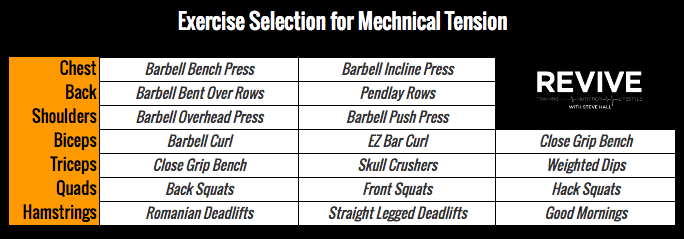
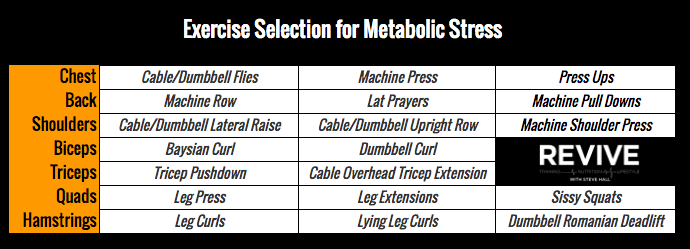




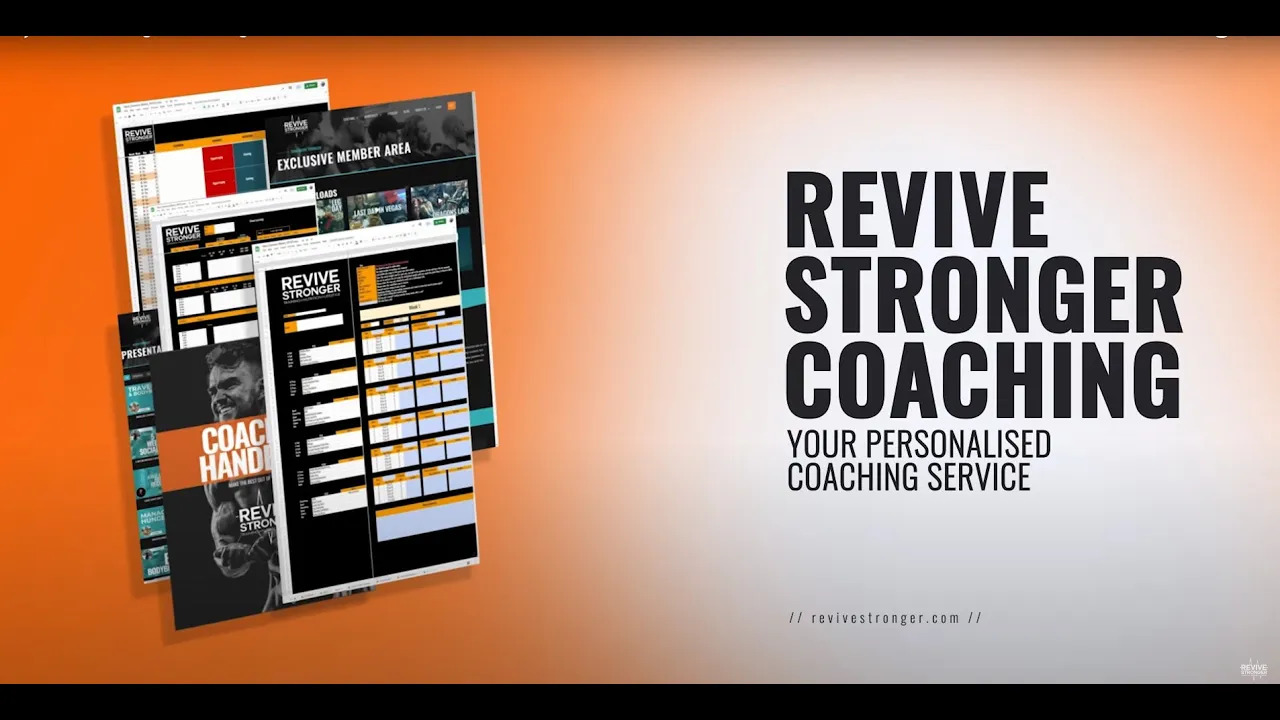
Comments are closed.